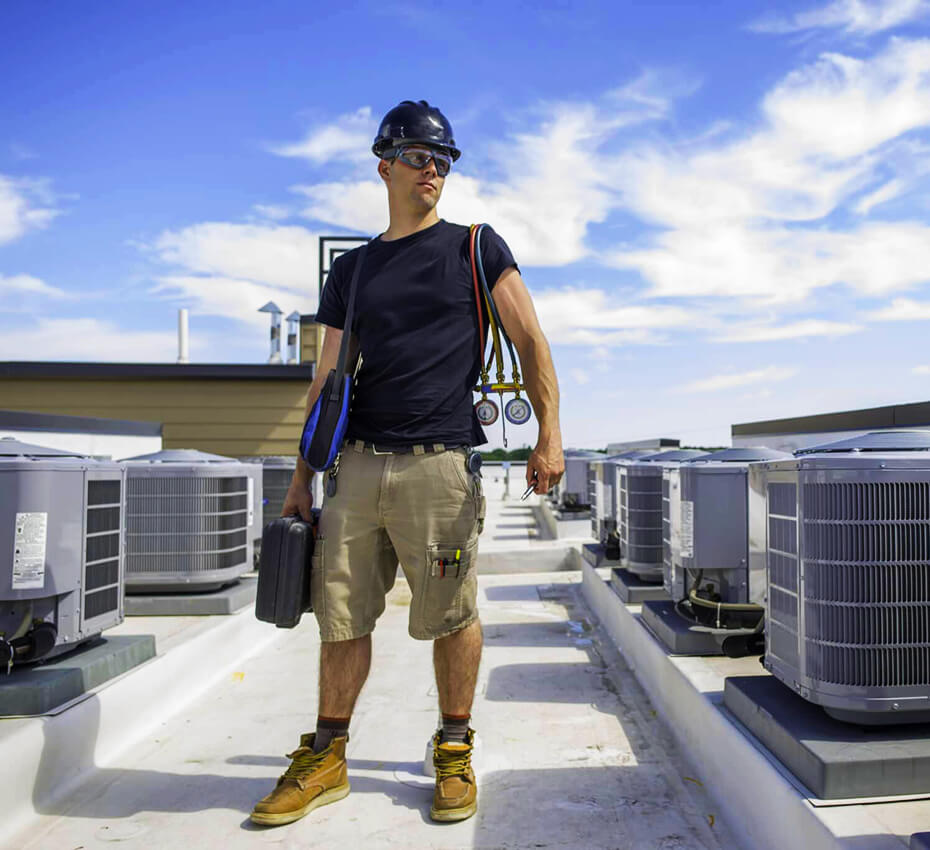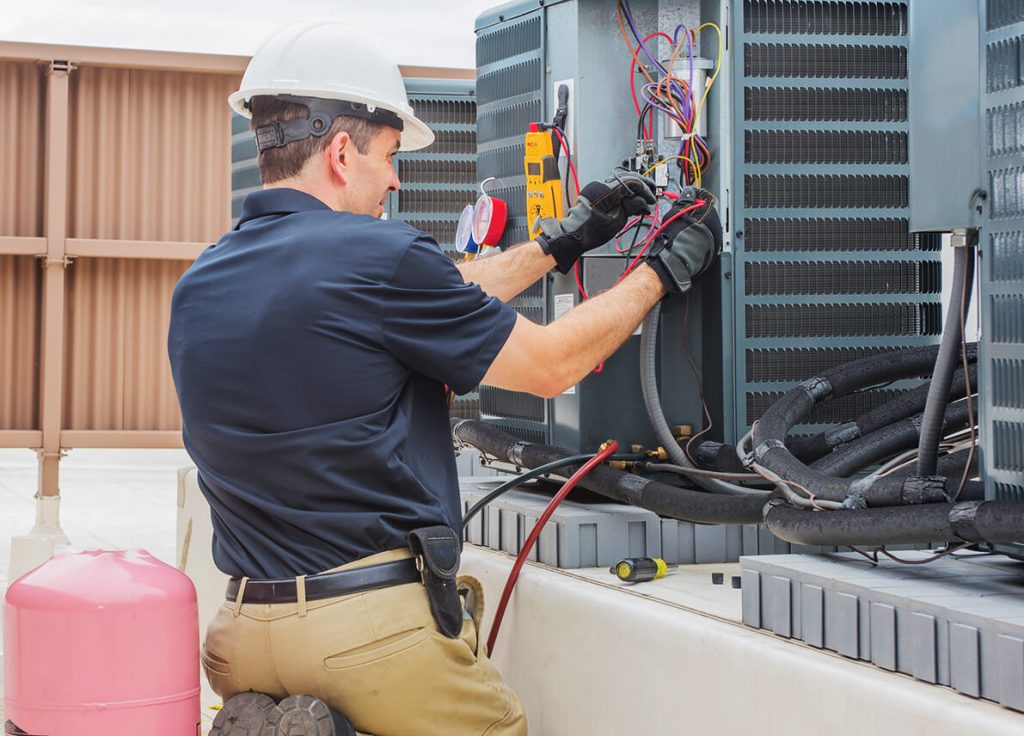Air Balancing

How Do We Perform Air Testing and Balancing?
First, we’ll perform a quick assessment of the construction progress, the HVAC installation and the jobsite condition to determine whether the test and balance can be performed. This is an opportunity to quickly identify any major deficiencies that may delay or prevent the test and balance. Any such deficiencies need to be communicated immediately to all parties involved, so that they may be corrected or the test and balance may be rescheduled. The technician requests the latest revision of construction mechanical plans from the superintendent. We thoroughly review the documents, record pertinent design data for the balanced report and note any discrepancies, missing information or potential field problems. This step should ideally be performed in advance of the test and balance, if the design information can be secured. Any discrepancies should be resolved with the owner or engineer. The technician compares the installed HVAC equipment and systems with the design plans and specifications. He notes any deviations from the design or any equipment substitutions. He checks all HVAC equipment, and controls for proper operation. This includes but is not limited to fan rotation, heating and cooling modes, thermostat operation, damper controls, fan controls and so on.
The technician notes any performance specified and paid for. This is also to ensure that all HVAC equipment is operating properly. He ensures that all balancing dampers are fully open. He also records pertinent equipment data for the balanced report. The technician measures and records initial fan speeds, motor amp draws and motor voltages. The technician measures and records all initial supply, return, make-up and exhaust airflow. This may be accomplished by totalling all individual diffusers, grills and registers performing a Pitot tube traverse of the duct or by plotting fan operating data, rpm horsepower and static pressure on the manufacturer’s performance curves. The purpose is to determine the initial operating state of the HVAC equipment.
The technician compares the initial operating conditions with the design conditions and determines what fan speed adjustments need to be made in order to achieve total design airflow from each piece of equipment.

Changing the airflow may require adjusting variable pitch sheaves, replacing fixed pulleys, adjusting motor speed controls or rewiring multi speed motors. This is the most energy efficient way to achieve total design airflow. The technician adjusts individual balancing dampers for supply, return, make-up and exhaust as needed to achieve design airflow, from each diffuser grill and register. After all final adjustments, he verifies that the total airflow is still near designed and marks the position of balancing dampers for future reference. These adjustments are important to ensure proper distribution of airflow and acceptable comfort in all areas of the store. The technician measures and records final fan speeds, motor amp draws and motor voltages. This will verify whether the HVAC equipment is operating within acceptable limits, after the airflow has been balanced. The final operating conditions are a useful reference for future service personnel and are marked on the equipment.
Make necessary adjustments
The technician makes any necessary adjustments to balancing dampers and the directional louvers of diffusers, grills and registers to eliminate the drafts and hot-cold spots. He will also note any deviations from design airflow that may have been required to eliminate the problem. This fine-tune adjustment is important to ensure acceptable comfort in all areas of the store.

The technician completes the documentation of the final test and balance report for submission to the store owner. The report is completed using computerized forms for convenience. The final test and balance report serves as a record of the store’s HVAC equipment, properly balanced operating conditions and is a useful reference for future service personnel and the store owner. A proper and thorough test and balance performed by an independent and certified firm will help ensure that your store operates comfortably and efficiently. Now that the HVAC system has been correctly installed and balanced, it is critical that the equipment be taken care of with a routine maintenance program. It is also recommended to have your store balance rechecked every two to three years and after any major remodel.